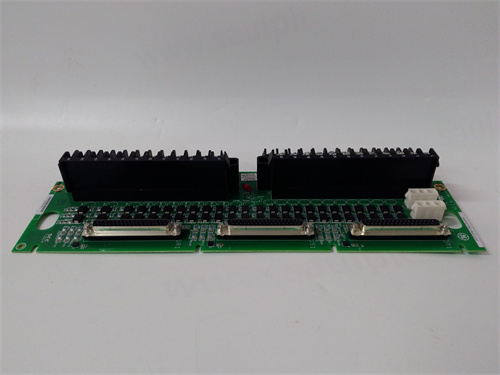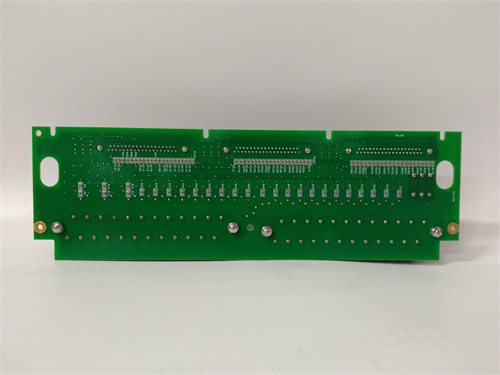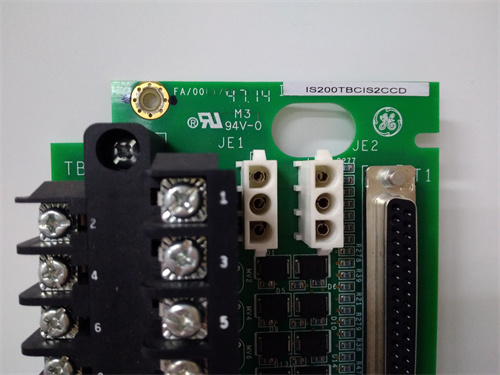GE IS200TBCIS2CCD is a component from the Mark VI IS200 series, specifically a digital input module. Here is a breakdown of its parameters, specifications, dimensions, weight, series, features, and functions in English:
Parameters and Specifications:
Model Number: IS200TBCIS2CCD.
Type: Digital Input Module.
Imaging Sensor: CCD (Charge-Coupled Device).
Resolution: 1920 × 1080 pixels.
Pixel Size: 2.8µm × 2.8µm.
Frame Rate: 60 frames per second.
Shutter Type: Global Shutter.
Dynamic Range: 60db.
Interface: GigE Vision.
Dimensions and Weight:
Dimensions: Not provided in the given search results. However, typical dimensions for similar modules may vary based on the specific configuration and may be available in the manufacturer’s official documentation.
Weight: Approximately 0.83 kg for the control circuit board (this may vary depending on the complete module’s configuration).
Series:
Mark VI IS200 Series: IS200TBCIS2CCD is a part of the Mark VI IS200 series from GE.
Features:
Isolation Terminal Block: IS200TBCIS2CCD is described as having a group isolation terminal block for contact input.
Multiple Control Systems Compatibility: It can be used with multiple control systems, including Mark VI, Mark VIe, and Mark VIeS.
Flexible Connectivity: Can connect to multiple barrier-type terminal blocks and accept up to 24 dry contact inputs.
Compatibility with Multiple Board Types: Can be used with Mark VIe IS220PDIA and Mark VIeS IS200YDIA models, as well as all related PDIA and YDIA unit models.
Redundancy Support: Suitable for use in simplex and TMR (triple modular redundancy) systems.
Configurable Firmware: The firmware may need to be downloaded for proper operation.
Functions:
Input Processing: IS200TBCIS2CCD processes and transmits digital input signals from sensors or other devices to the main control system.
Control and Monitoring: It is an integral part of industrial control systems, responsible for monitoring and controlling various devices and processes.
Applications in Multiple Industries: The module finds its application in various industries, including industrial automation, power and energy management, aerospace, transportation, and manufacturing, for tasks such as process control, device monitoring, and automation of production lines.









